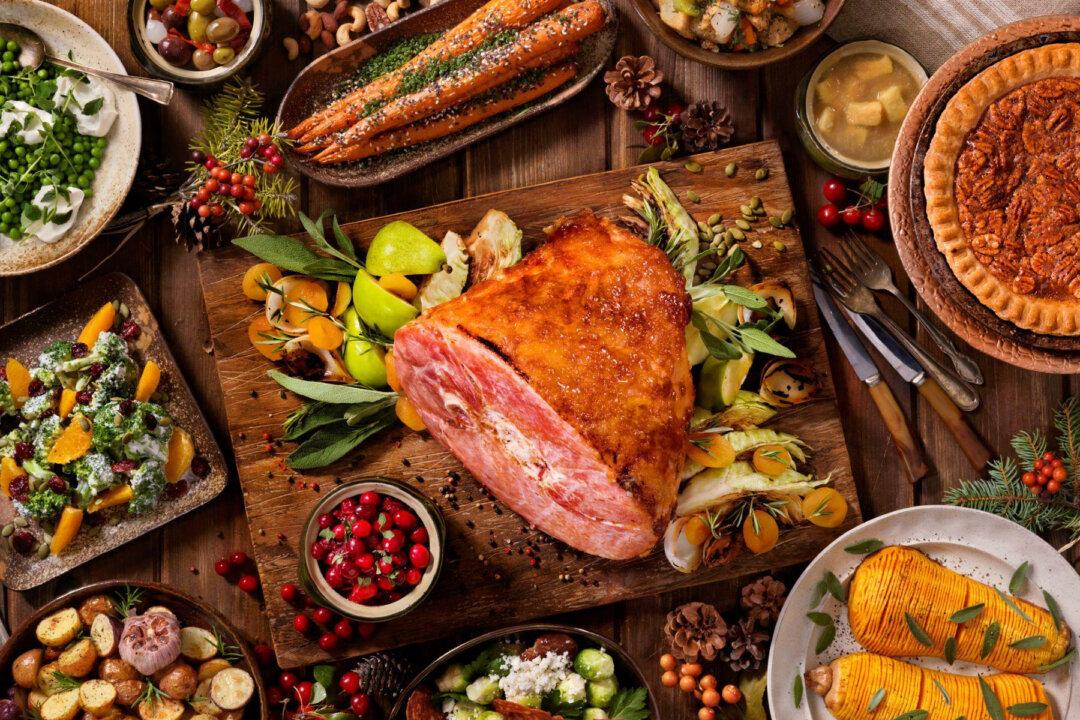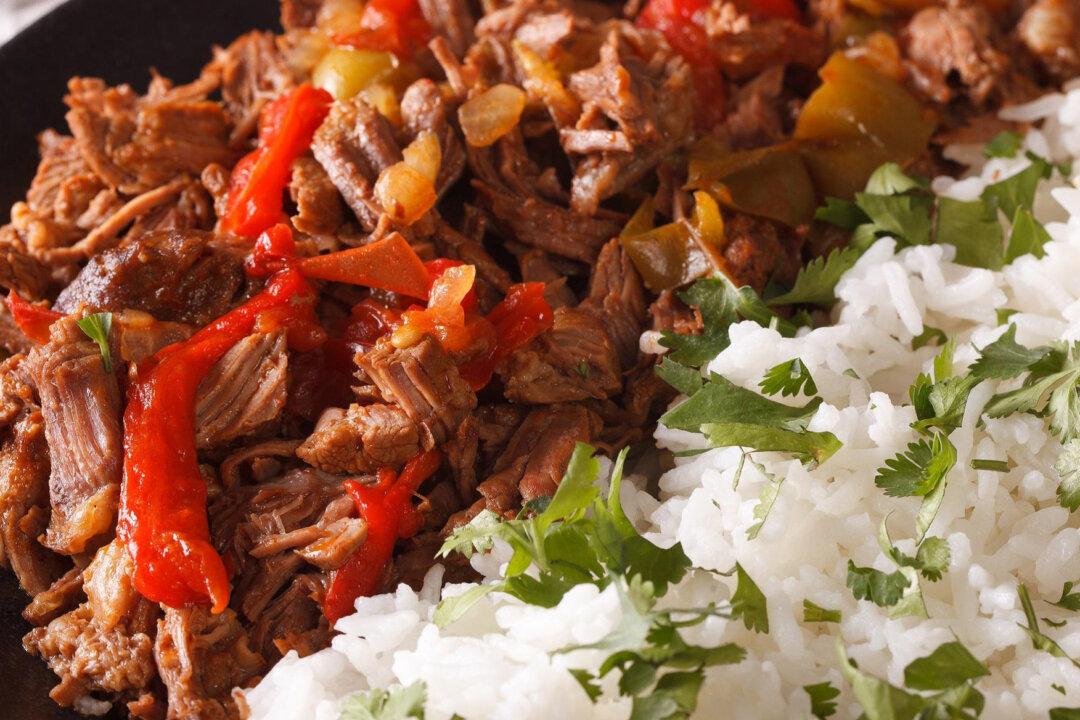The day might start with painted eggs, chocolate bunnies and a trip to church, but the centerpiece of many Easter Sunday meals is the ham. In addition to the many questions you may have about Easter traditions, have you ever stopped to wonder why Americans eat ham on Easter when the majority of the world eats lamb?
The answer isn’t as complicated as you might think. Simply put, ham is eaten on Easter because it’s practical and in season.
Historically, lamb was the main course for Easter dinner and it still is in many parts of the world. It’s a tradition that’s about 3,000 years old and stems from the Jewish holiday Passover, which celebrates Israelites being liberated and their exodus from Egypt. According to History.com, it was common for some in the Jewish faith to eat lamb on Passover. When some converted to Christianity, they continued the custom at Easter.
The tradition originally held up in the United States because wool was a popular fabric during World War II, but as soon as the demand for wool began to wane, fewer legs of lamb became available for Easter.
Ham became a great alternative to lamb because farmers could preserve the meat during winter months by curing it and, by the time spring arrived, it was ready to eat.
Ham also became a practical alternative for lamb because it was more affordable and came in a larger serving size. In 1950, a leg of lamb cost around 74 cents, while a whole ham was available for about 62 cents. Not to mention there are many ways that you can prepare a ham — it goes great with brown sugar, maple syrup and pineapples. Not many foods can pull that off.
No matter which way you slice it, ham is truly a great addition to Easter traditions. This year, make sure your ham reaches its full potential by following this step-by-step guide for cooking the perfect Easter ham.
© 2020 Tribune Publishing; Distributed by Tribune Content Agency, LLC




